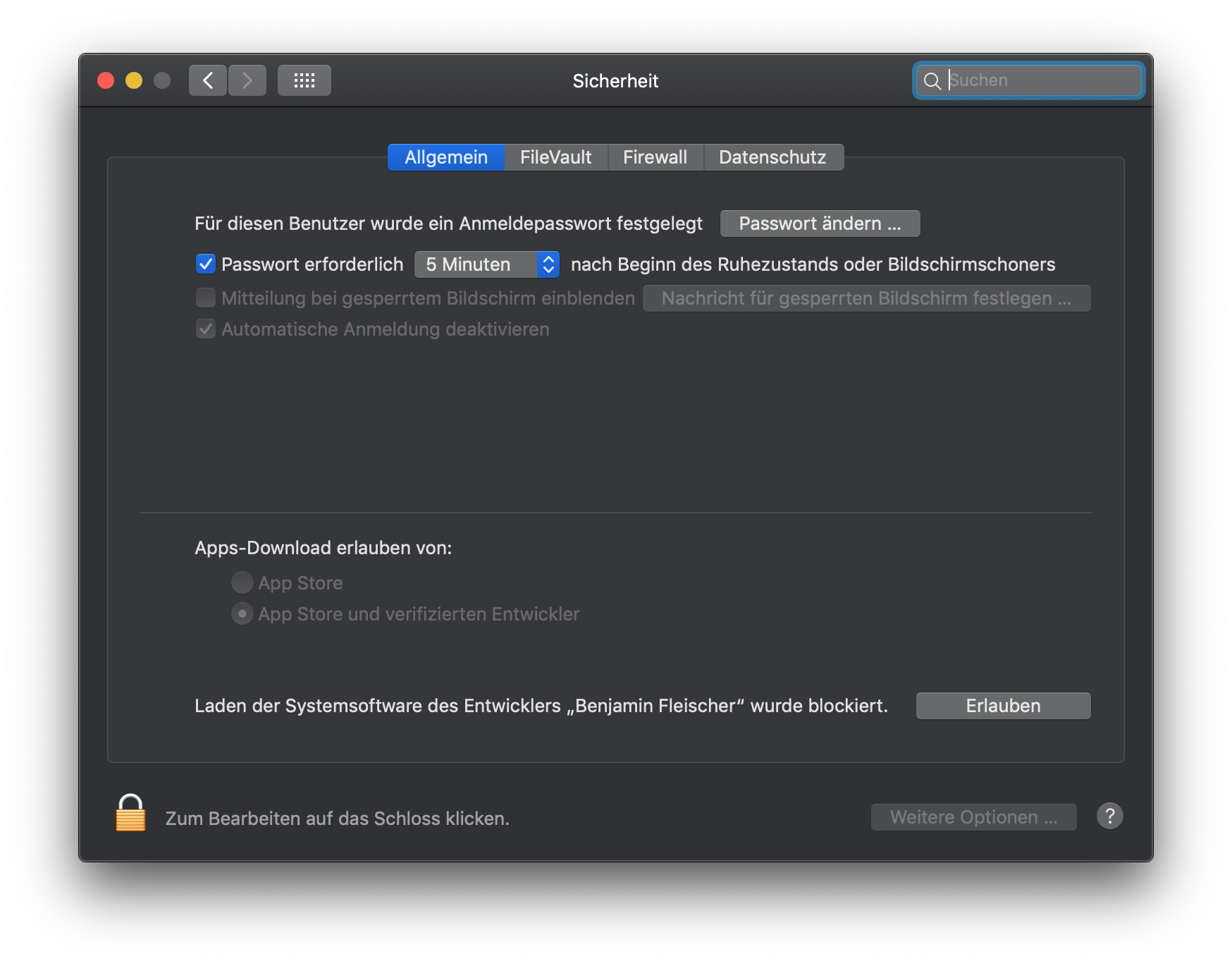
- #READWRITE NTFS OSZ FOR FREE#
- #READWRITE NTFS OSZ MAC OS X#
- #READWRITE NTFS OSZ DRIVER#
- #READWRITE NTFS OSZ WINDOWS#
#READWRITE NTFS OSZ WINDOWS#
That sounds a ridiculous proposition for something the company has treated as one of its crown jewels, a centerpiece of its Windows strategy for both consumer and enterprise. There is one way to get the expertise, motivation, resources and commitment to take on NTFS for Linux and make it golden for the long term: Microsoft. Here, it has taken decades to get it working properly, through the work of one key figure who's spent his working life in the file system sector. The miracle of open source isn't that it has taken over so much of IT, it's that the darn stuff survives at all.
#READWRITE NTFS OSZ FOR FREE#
Of course you'd also need the time and energy to single-handedly cope with the fiery vortex of open source politics at the highest level, and the financial resources to do it all for free in a 24/7 world that needs its data NOW.
#READWRITE NTFS OSZ DRIVER#
You could, if only you knew NTFS internals backwards, write high performance kernel driver code. Anyone can pull the project from the repo, take over the reins, and rescue orphaned code. Ultimately, as noted in the TL DR section above, the fastest large file copying was achieved mounting the drive in a VirtualBox Windows guest OS, i.e., not using fusefs.Open source's primary defence against alien abduction et cetera is that, well, it's open. dev/fuse on /mnt (fusefs, local, synchronous) This command specifying hardware parameters successfully completed Which happened to me when not using the quick format flag.

Initializing device with zeroes: 99%Failed to complete writing to Instance, you may not be able to create ntfs filesystem because of this with Is not a multiply of UBLIO_BLOCKSIZE (cannot read/write last cluster).

– Current implementation does not properly work with partitions of size which – For mkntfs(8) -F must be used to allow non-block device to be processed. In section 5, the same document also notes The UBLIO layer is configured through environment variables, which are read when mounting the filesystem. Ultimately, the solution was right in the sysutils/fusefs-ntfs/files/README.FreeBSD in section 4: I tried excluding the USE_UBLIO in the port configure screen, and even undefined it in However, I couldn’t build the port without showing This post says there’s a bug in ublio, and his solution was to uninstall/reinstall sysutils/fusefs-ntfs with ublio disabled, then restore. Solution: set the environment variable NTFS_USE_UBLIO=0 before running the above command. There is a -Q (also -f) for quick format, which hangs at creating the backup boot sector when displayed with -v. This command takes a long time and then fails. This puts NTFS on a single partition on the rest of the drive. To create an NTFS partition under GPT you need to specify type ms-basic-data. You have to use the MBR Scheme in order to create the ‘ntfs’ Type, and you cannot use the ‘-l LABEL’ Argument with the MBR Scheme which also returns an error. The gpart create Command does not allow the Microsoft ‘ntfs’ Type to be used with the GPT Partition Scheme, and it returns an invalid argument error. Some excellent background is in this thread. Note: mount -t ntfs-3g /dev/da0s1 /mnt will give the error

I used a Windows XP guest on an OS X host. The best performance was mounting the drive on a Windows guest OS in VirtualBox.
#READWRITE NTFS OSZ MAC OS X#


 0 kommentar(er)
0 kommentar(er)
